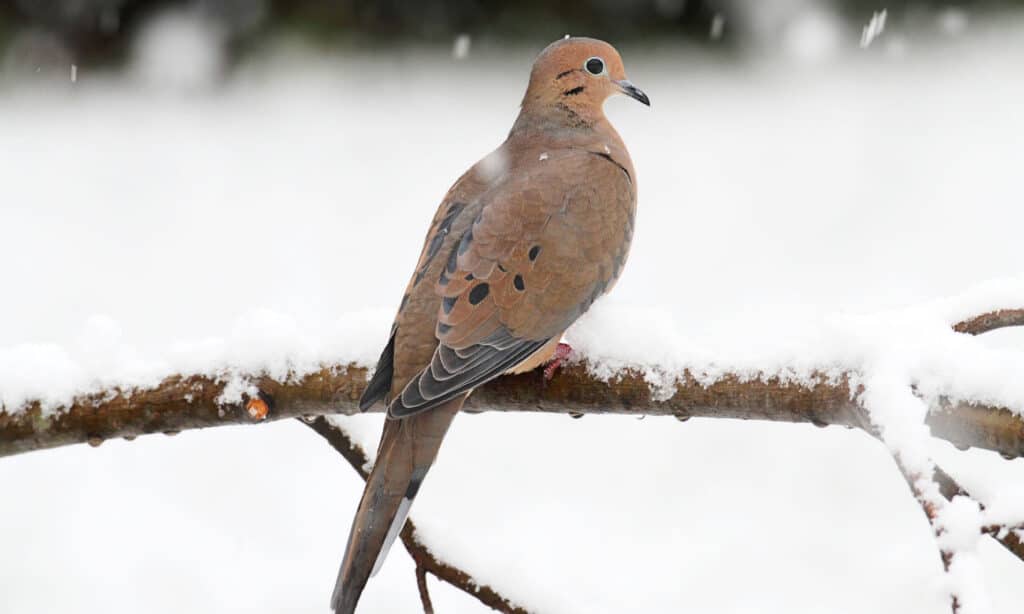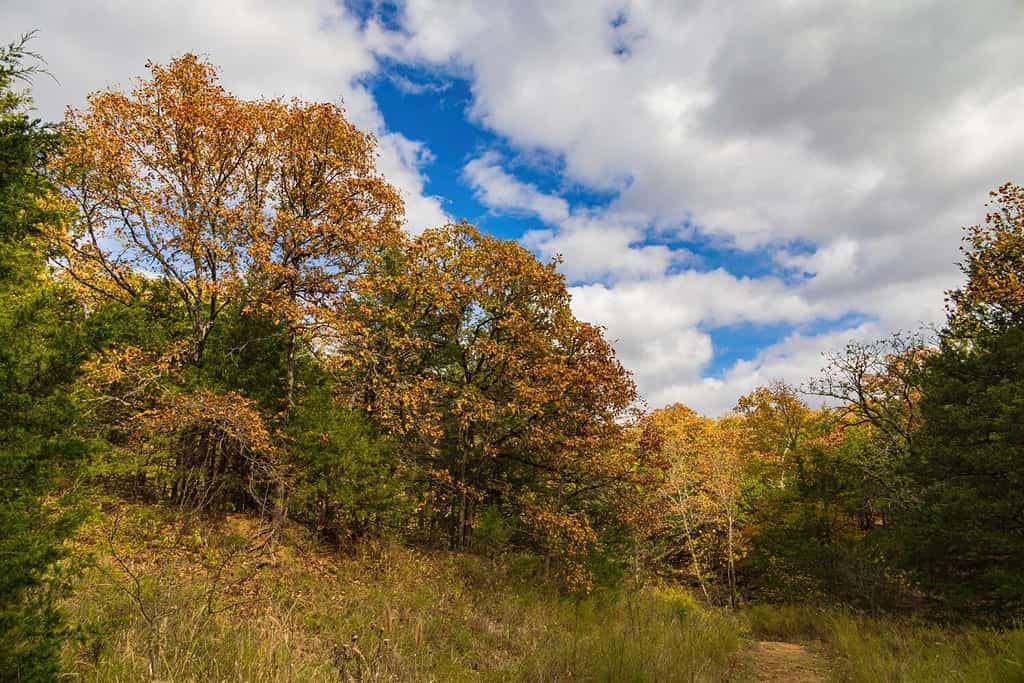Dove hunting in Oklahoma is a bit more straightforward than in other states. However, you still have to follow regulations and guidelines established by the state and local wildlife management areas. These rules help ensure that the dove population thrives in the state.
You may only hunt doves during specific times in Oklahoma, and you must purchase the correct license. Below, we’ll discuss the basic regulations and information you need to know. However, you should always read the hunter’s manual before you start hunting, as regulations can change at any time.
Season Timing in Oklahoma
The dove season in Oklahoma typically starts on September 1 and then closes on the last day of October. However, the exact dates can vary from year to year, so always be sure to check!
There is a special youth dove hunting season very early during the dove season in Oklahoma. During this season, youth hunters can hunt with a licensed adult without a license of their own.
There is also a late-season dove hunting season during December. However, this season has a bag limit of only 10 birds during the whole season. Therefore, it isn’t as popular as the normal dove season.
Dove season can be weather-dependent in some cases. So, be sure to check the Oklahoma Department of Wildlife Conservation for updates before you go hunting.
License Requirements

Mourning doves are one of the more popular species to hunt in Oklahoma.
©iStock.com/SteveByland
To hunt doves in Oklahoma, you must have a hunting license. These licenses are available for residents and nonresidents. However, residents pay much less. An annual license is typically the cheaper option unless you only plan on hunting one day.
There are other licenses required, too. You must purchase a Migratory Bird Hunting and Conservation Stamo, which is also known as the federal duck stamp. This “stamp” is required for all hunters over 16 who hunt migratory birds, including doves. The stamp is not terribly expensive, but the funding goes to support migratory bird habitat across the country.
You must also purchase a HIP permit. This permit provides you with information on hunting. We recommend reading over it carefully.
You can purchase hunting licenses and permits online at the Oklahoma Department of Wildlife Conservation website or at any Oklahoma license dealer.
You must always carry the license with you when you’re hunting. Of course, you’re required to purchase it before you hunt any animal that year. You cannot purchase one afterward. The license is completely non-refundable.
Dove Bag Limits in Oklahoma
In Oklahoma, the bag limit is 15 total for all types of doves. There is no bag limit for Eurasian collared doves, as they are an invasive species.
There is no possession limit for doves in Oklahoma. However, you must have a valid Oklahoma hunting license and a HIP (Hunter Information Program) permit to possess doves.
The bag limit can change annually – sometimes even in the middle of the season. Therefore, it’s important to stay updated on the latest information before you go hunting.
You must keep your doves separate from other game birds to make counting easier. Your dove harvest must also be reported to the Oklahoma Department of Wildlife Conservation within 10 days of the close of the season.
Other Important Regulations
Hunters must use non-toxic shot when hunting doves in Oklahoma. This is to protect the environment and to prevent lead poisoning in birds of prey. Luckily, much of the ammo sold today is non-toxic.
You must wear a hunter-orange hat and vest when hunting doves on public land. This regulation makes you visible to other hunters and reduces the risk of accidental shootings.
There are a number of Wildlife Management Areas (WMAs) in Oklahoma that offer managed dove fields. These fields are planted with grain crops to attract doves. Hunters can pay a fee to hunt on these fields. If you’re interested in hunting tons of dove, you may want to consider one of these fields.
The shooting hours for dove hunting in Oklahoma are from one-half hour before sunrise to sunset. This is different than in many states, which often allow you to hunt thirty minutes after sunset, too. Keep this difference in mind when you start hunting.
Always check the official sunrise and sunset times, as these are the times used by officials.
Baiting doves is completely illegal in Oklahoma (unless it is a managed dove field). Baiting is defined as placing or scattering grain or other feed to attract doves.
You can use shotguns, muzzleloaders, and bows and arrows to hunt doves in Oklahoma. However, you must use non-toxic shot in the shotgun.
Popular Dove Hunting Spots

Osaga hills are a popular place to hunt doves in the fall.
©Kit Leong/Shutterstock.com
There are tons of dove hunting spots you can take advantage of in Oklahoma. Here are some of our favorites:
- Robert S. Kerr WMA: This WMA is in the very southeast corner of Oklahoma. It offers a range of habitats, including grasslands, forests, and wetlands. Therefore, it has become a fairly popular spot to hunt a range of species.
- Lake Carl Blackwell WMA: Located in the center portion of Oklahoma, this WMA is home to a fairly large lake. This lake provides a great water source for doves, making the surrounding area a great spot for dove hunting.
- Salt Plains National Wildlife Refuge: As the name suggests, this refuge is a huge sold plain. However, it attracts a surprising number of doves each year. Therefore, you may want to give it a visit if you’re interested in some tougher hunting.
- Red Rock Canyon State Park: This park is in the southwest corner of Oklahoma and is known for its very red rocks. It has several fields that are very good for dove hunting. However, it is also a popular sport for other types of wildlife, so it can be a bit crowded.
- Osage Hills WMA: This WMA is located in the northeast corner of Oklahoma and is known for its rolling hills. The hills provide good cover for doves, and the area also has several fields that are good for dove hunting.
The photo featured at the top of this post is © iStock.com/gregvandeleest
Thank you for reading! Have some feedback for us? Contact the AZ Animals editorial team.







